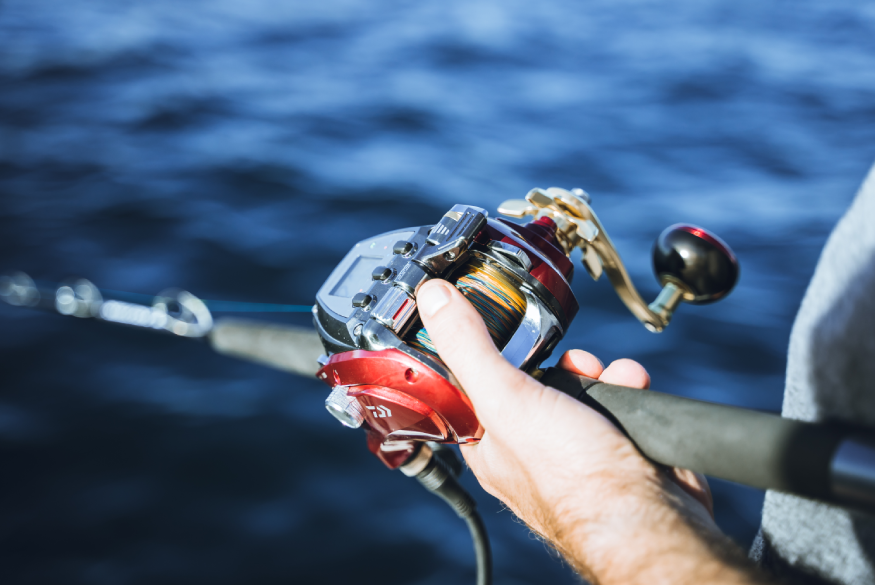
THE COMPLETE GUIDE TO ELECTRIC FISHING
A QUICK GUIDE TO ELECTRIC FISHING REELS IN
NEW ZEALAND
How do electric fishing reels work?
Electric fishing reels work by using a motor to assist in reeling in the fishing line. When you activate the electric motor, it takes over the manual cranking process. These reels predominately run on a 12-volt power system and utilise strong planetary reduction gears that provide amazing torque and power making it easier to reel in larger or deeper catches. Most reels have an inbuilt display that gives you depth of your bait and depending on the model a battery power indicator. These reels are very durable but as with any electrical appliance in a water environment they need to be treated with care.
Choosing a battery.
Batteries come in many shapes and sizes with different chemical makeups. It really boils down to run time and weight. The more amp hours a battery has the more time you can use your reel however the heavier the battery depending on the type. Deep cycle batteries are the preferred and best cost-effective option for electric reels. Check the amp hour ratings on your reel to figure out your optimal desired run time.
Deep cycle Vs Start batteries.
Deep cycle batteries last for about 2,000 cycles, with each cycle representing a full discharge and recharge, while traditional starting batteries last about 200 cycles and are not designed for deep discharging.
DAIWA NZ ELECTRIC REEL RANGE EXPLAINED
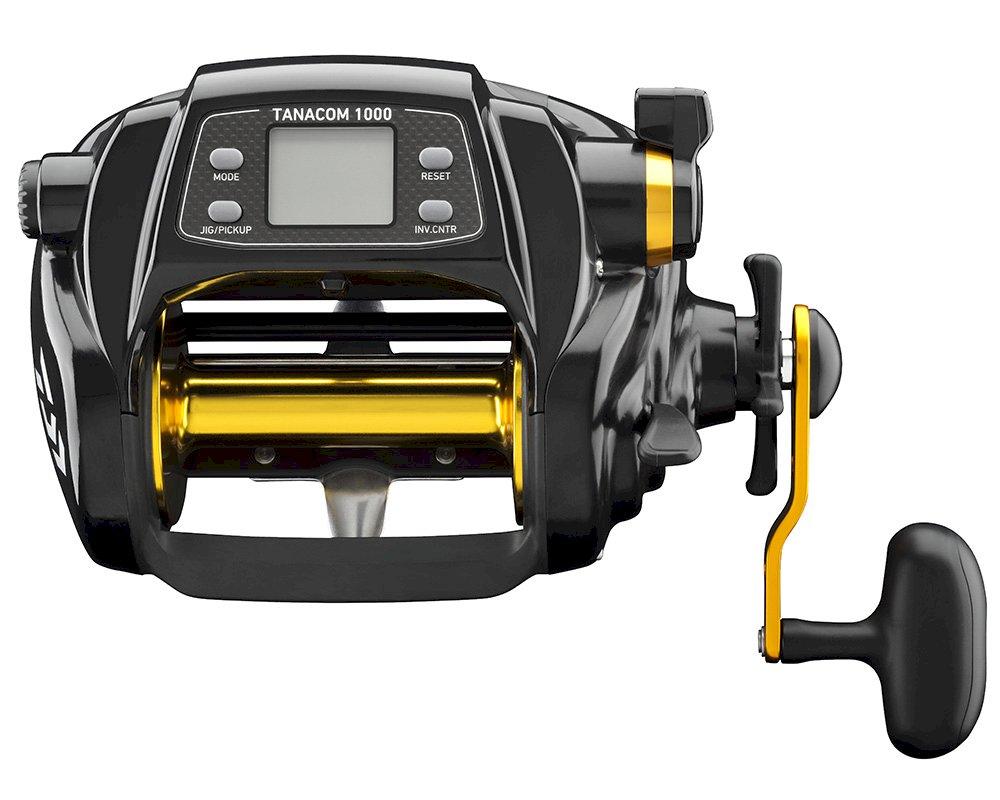
Arguably the most popular electric reel in the NZ market. The Tanacom is the perfect combination of quality and affordability. This reel has accounted for monster Hapuka/Grouper, Bass, Bluenose and even the odd Broadbill Swordfish as bycatch. In recent times the Tanacom has broken away from the traditional moulds of electric reel fishing and is now widely used for drone fishing and as a teaser reel for marlin fishing.
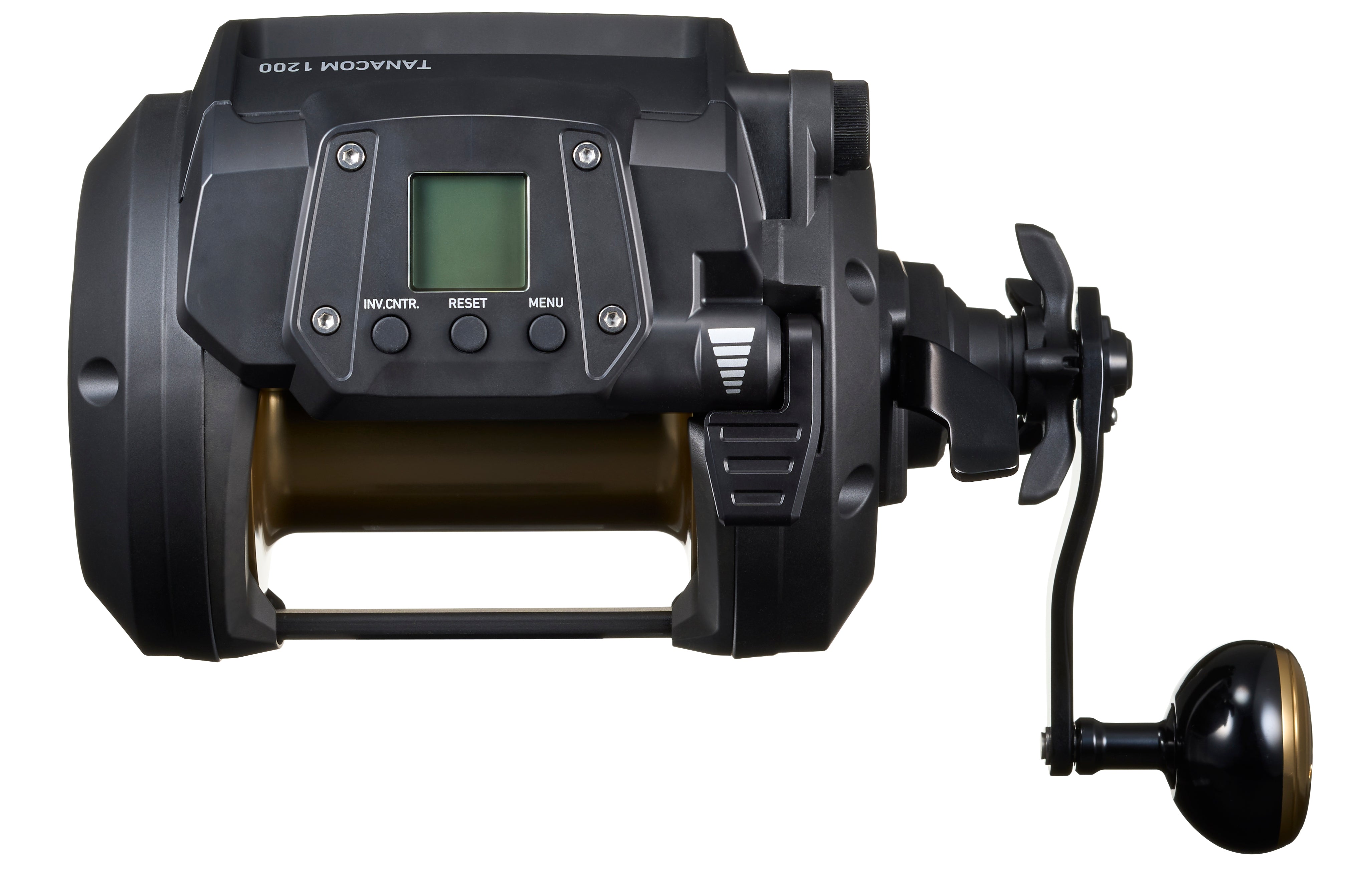
The new Generation Tanacom offering more power increased line capacity and a stylish new design that sports a more conventional offshore reel look & feel. Another notable feature is with the motor now mounted inside the spool. Audibly the reel is much quieter on the retrieve vs its predecessor. The Tanacom 1200 is the perfect addition for offshore anglers wanting to target deeper reaches and catch bigger fish with the increased performance vs the Tanacom 1000 (U). The Tanacom 1200 is perfect for targeting Hapuka / Grouper, Bass, Bluenose and will be ideal for using as a drone or teaser reel.
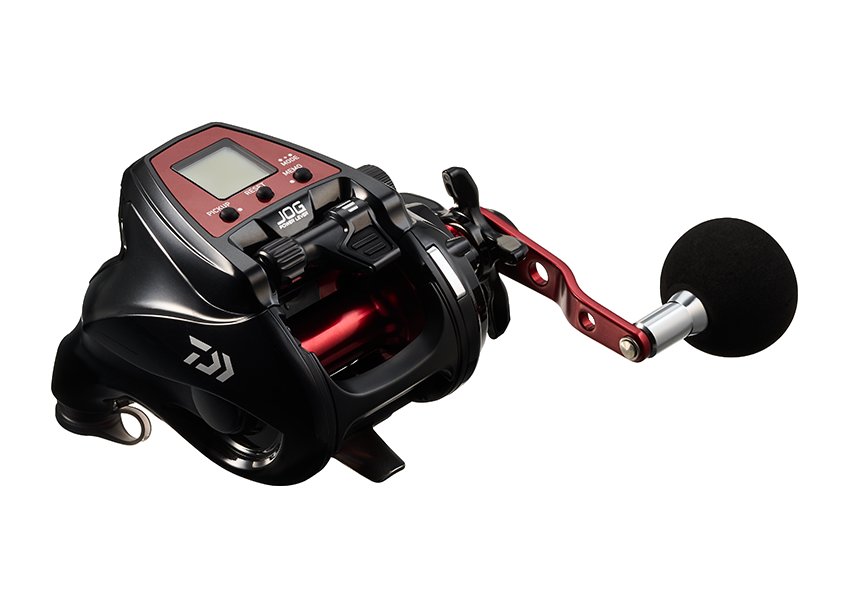
Versatile inshore / light offshore options that will cover off varying angling applications for a variety of anglers. The Leobritz has proven itself popular for kids, aging anglers and anglers with disabilities, the Leobritz gives these anglers the freedom to fish out to 100m targeting popular inshore species like Snapper, Tarakihi, Kahawai, Gurnard, Blue Cod and smaller pup Hapuka / Grouper. The Leobritz 300 has also been popular with anglers wanting to explore inshore / light offshore angling opportunities with electrics, again targeting the species mentioned above.
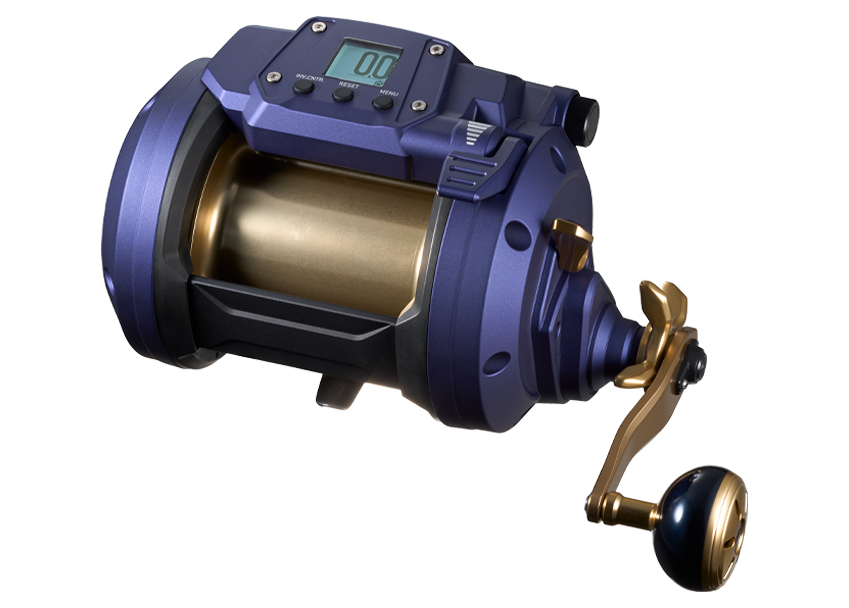
The Seapower 1200 is an amped up version of the Tanacom 1200. The major difference is the MEGATORQUE motor that features in the Seaborg range of reels. This provides an additional 30% more power vs a conventional motor design. The Seapower also features an additional 5kg of drag making the step up from the Tanacom 1200 justifiable if you are chasing monsters from the deep!
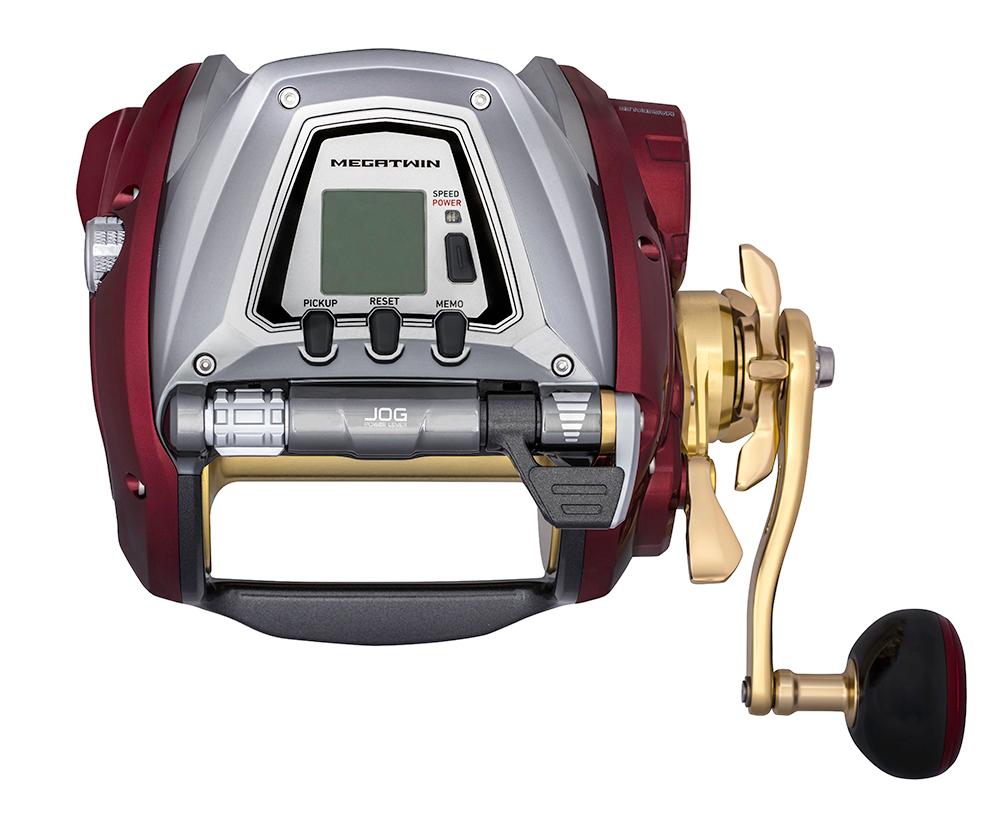
The Seaborgs are the jewel in the crown of our range of electric reels. Manufactured in Japan, they epitomise Daiwa Japan’s mission to craft the best fishing reels available today. The Seaborgs are for the serious deepwater angler that demand high performance from their tackle. Respectively the reels generate a huge amount of drag, the 1200 - 33kg, the 800 – 33kg and the 500 – 23kg. Combine these impressive drag ratings with the Megatwin motor design, which is effectively a two-gear ratio system to allow anglers to wrestle fish off the bottom in low gear or to quickly get back up and check baits before deploying again. The result is a series of reels designed with one purpose in mind, to battle with deepwater leviathans.
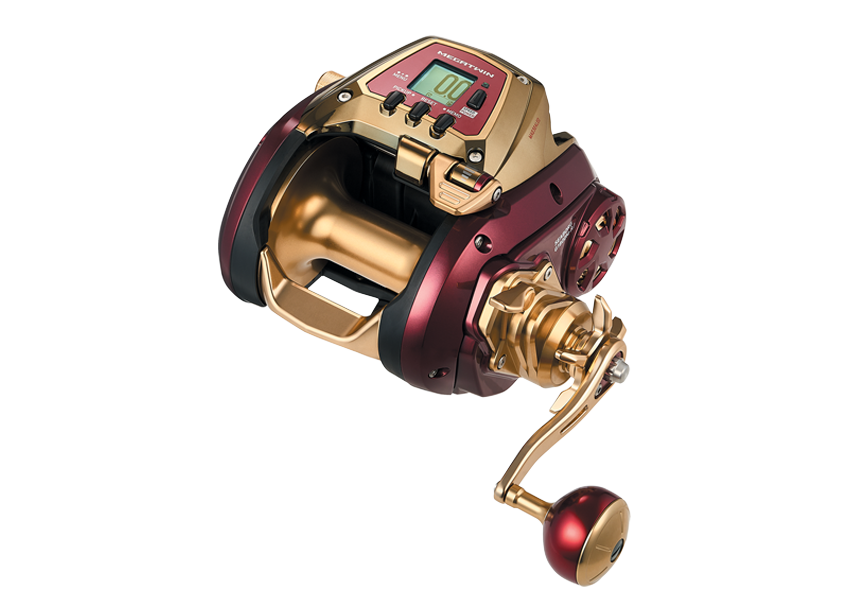
The all-new Seaborg 1800 redefines the possibilities of electric reel fishing. Boasting an incredible drag capable of churning out 50kg, a motor twice the size of the 1200 and a whopping capacity of 1200m of PE10 braid. The Seaborg 1800 is in a class of its own. This reel has all the capabilities to target XOS bottom fish all the way through to Broadbill Swordfish. Another standout feature is the reel comes with a remote, so you can operate the reel from anywhere on the boat, this feature also allows the reel to become an impressive teaser or dredge reel for marlin fishing. The Seaborg 1800 is built for the angler that wants to go deeper and go bigger than ever before.
Electric Fishing Reels Overview
How To Use Electric Fishing Reels
The best advice we can give you when it comes to setting up your electric reel is to follow the manual and get it set up properly from the get-go. If you get stuck your local tackle store should be able to assist, failing that please reach out to us and we’ll steer you in the right direction.
When your reel is set up you are pretty much good to go. When you get to your chosen spot, it is as simple as connecting your reel to the power source and deploying baits into the deep.
Once you’ve made the bottom it is always good to pay close attention to your rod tip, when the fish start biting, either slowly wind the handle or gently power up the reel to set the hook. 99% of the time we are fishing with circle hooks, and these are set by slowly increasing pressure and letting the hook roll in to the fish’s mouth. Hopefully by following these steps you’ll find yourself connected to your chosen species.
When the battle begins you should ideally fight the fish how you would traditionally. You can wind manually to get the fish off the bottom, or you can feather the power on and off to start bringing the fish up. If you’ve hooked a big fish, they will often pull line so while line is being taken you should wait your turn and bring the power on when the fish slows down, letting the drag tire the fish out. When you have wrestled your fish off the bottom, keep the power consistent and lift the fish to the surface. By doing this you won’t overload the reel and you will conserve your battery amp hours. Remember the harder you work the reel the more battery power you are using.
Once the fish hits the surface, it pays to lip gaff them and haul them onboard. Be mindful that these fish have ultra sharp gill rakers that will slice you to pieces if you get it wrong. We also recommend being careful hoisting a fish up for a photo, a pair of gloves can be a good option. From there make sure you have a big chilly bin or cooler bag and plenty of ice. It pays to respect these fish as they make beautiful eating.
On a conservation note, the experts suggest that most of these deepwater fish are slow growing at around 1kg a year, so it pays to only take a feed and not go overboard. A big Hapuka, Bass or Bluenose can feed a small army, especially if you utilise the whole fish. The fillets are great, but there is a lot of meat in the wings and cheeks, plus on the frame. If you happen to catch a fish with roe in it, get that smoked up, you won’t be disappointed!
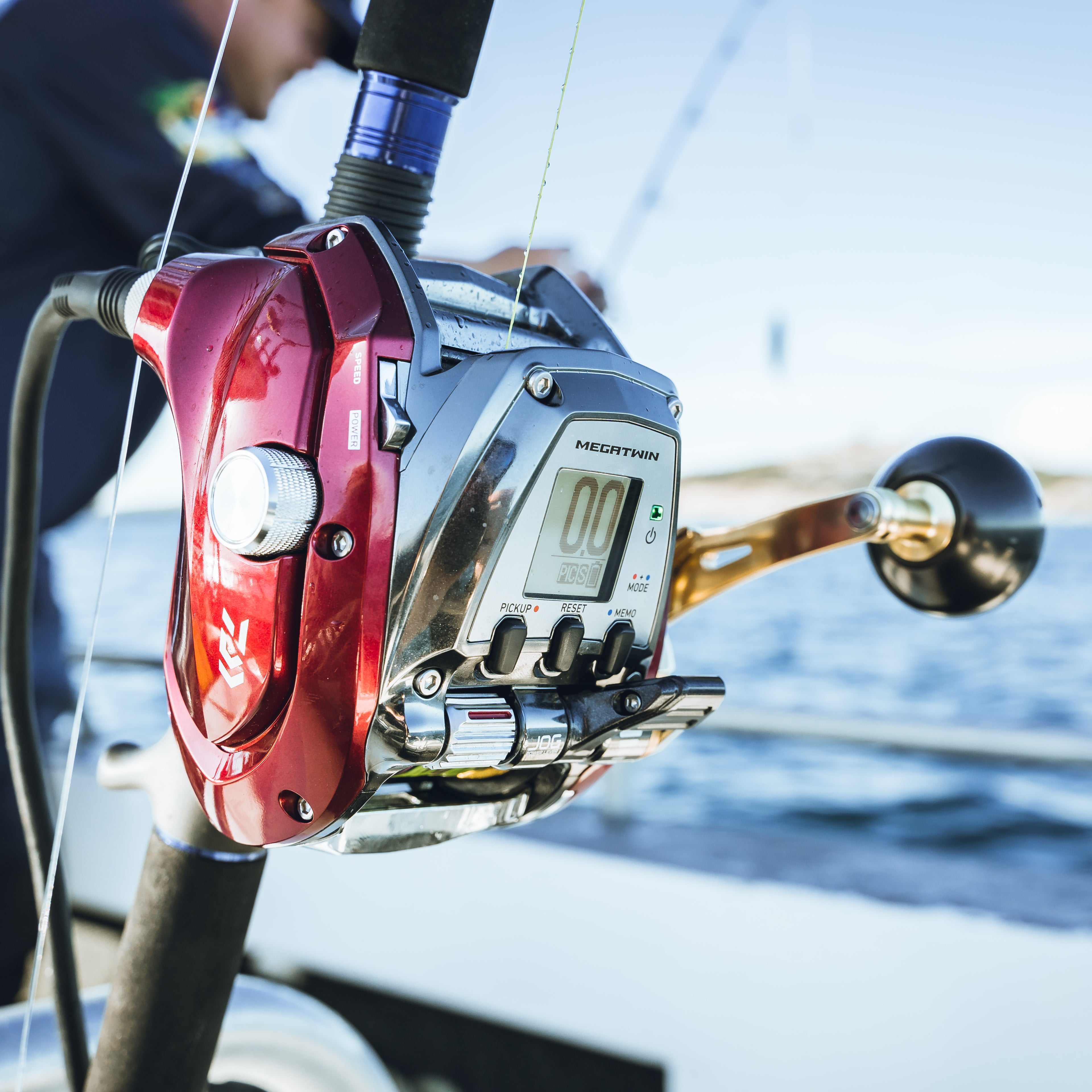
How to find bottom fish
The general rule of thumb for catching Hapuka, Bass and Bluenose is to target offshore reef systems, usually the more remote the better. Anglers that regularly enjoy successful bottom fish excursions have uncharted rocks that are closely guarded secrets and rightly so, these fish can be prone to overfishing. Discovering these rocks is usually done by motoring in between charted reef systems and getting lucky.
For the angler starting out we would recommend getting the Navionics app on your phone and using the relief shading function to find rocks, this feature usually gives you more detail of the seafloor vs traditional maps.
Once your spot is located, always go on a good forecast and make sure your vessel is in top shape, you have plenty of gas and safety equipment is in good order. There is very little room for error if you’re heading wide as help is often a long way away. Be mindful that the open ocean has big currents and at times swell, mix this with wind and things can get ugly quick, so treat these missions with the respect they deserve.
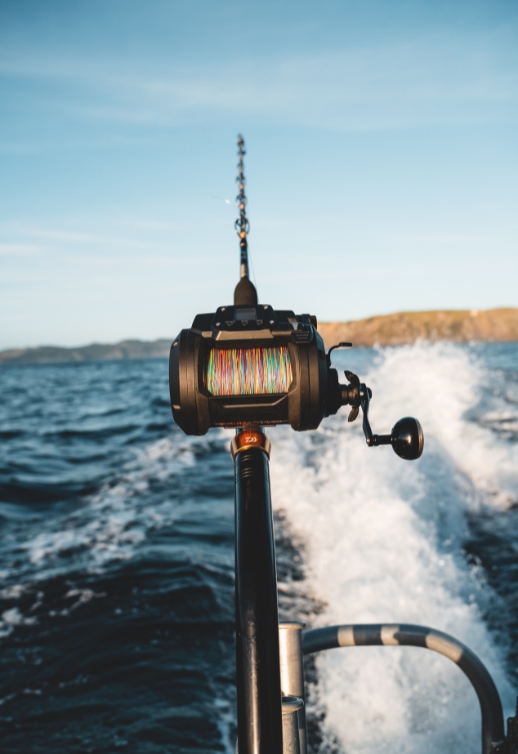
Like all fishing it is always good to fish the change of light if time allows, quite often with bottom fish the best bite will be in the morning, particularly Bluenose. I’ve found that Bass will hold in the gnarly part of the reef. Bluenose often near the top and pressure side of the reef with Hapuka on the edges where the foul transitions to the sand or mud. A lot of deepwater anglers swear that slack tide is the time to get a real monster. Potentially at slack tide baitfish are easier for these deepwater fish to catch also with more food drifting down from the water column above.
In terms of time of year, Spring is always a good time to chase Hapuka, Autumn heralds the arrival of Bluenose on offshore seamounts to spawn and this coincides with Bass spawning too. In Autumn we have caught bass as shallow as 80m, as always, the fish will be where you find them so never write a spot off until you’ve tried.
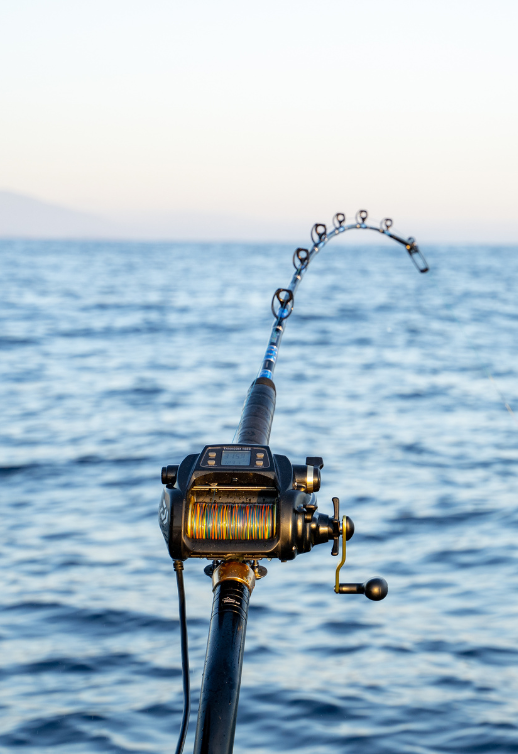
Advantages Of Electric Fishing Reels
You can prospect spots quickly, drop a bait and figure out if any fish are in attendance. If not, you can move on and negate any angler fatigue.
Great for young kids, the elderly or anglers with disabilities. An electric reel will get you out fishing and reduce the barriers of fishing with conventional tackle.
You’ll never know what you will catch, half the fun is the mystery of what type of fish will break the surface!
Versatility, use an electric reel for deepwater fishing, drone fishing or for a teaser reel when marlin fishing.
Most medium to heavy electric reels particularly those set up with a bent butt rod can be fished from the rod holder making it easier to work the gear with less strain on the angler. Always check the state and strength of your rod holders before you start fishing.
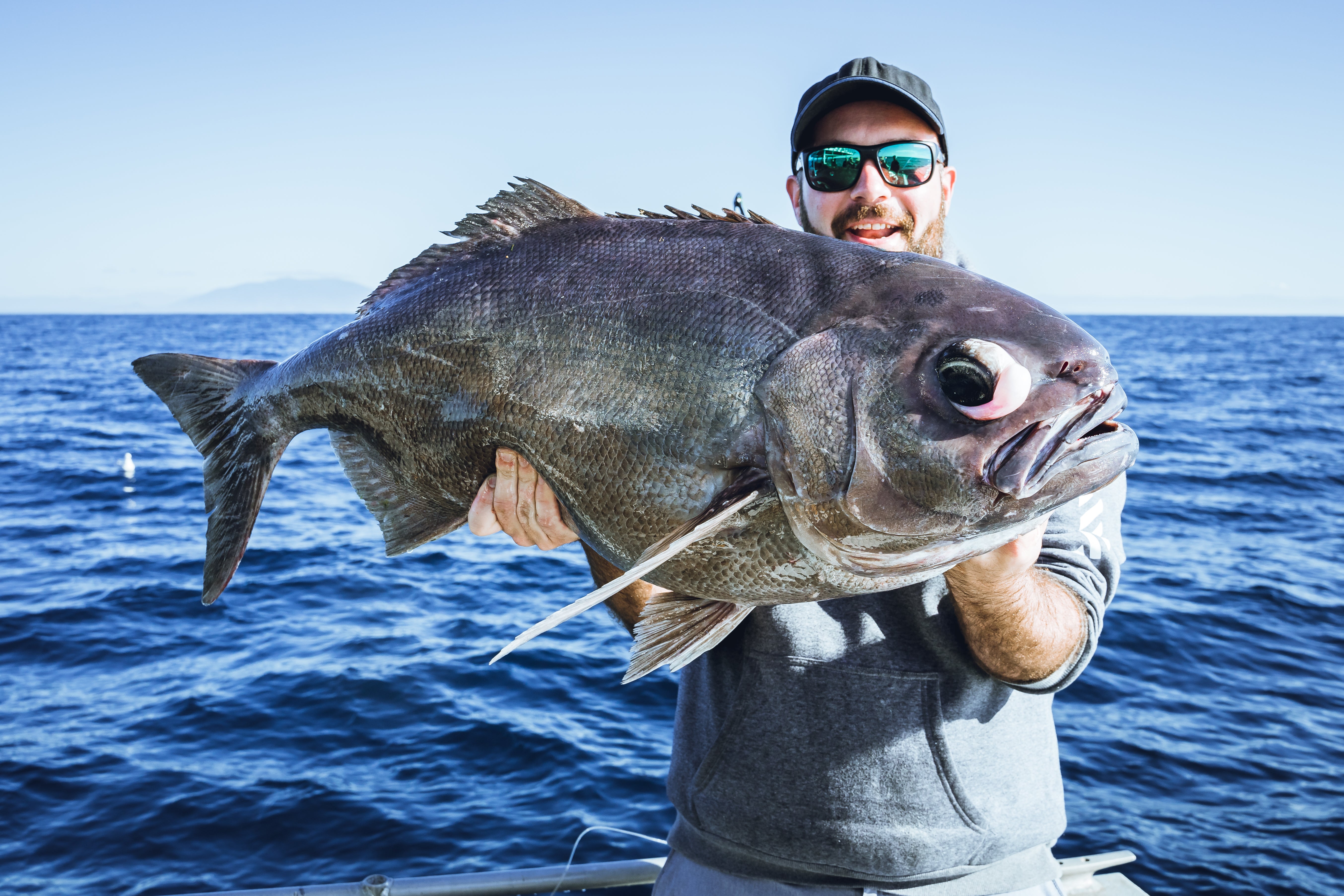
Species To Catch with An Electric Reel
We often assume electric reels are for catching Hapuka, Bass and Bluenose but now with the influx of smaller sized and larger sized electrics, it’s really up to your imagination.
The smaller electrics have been popular for targeting Tarakihi, Snapper, Gurnard, Pink Mao Mao and Grand Daddy Hapuka, all prized table fish. Then when we jump into the bigger reels, some of the oceans biggest predators are on the cards, Broadbill Swordfish and big tuna.
With electrics the possibilities are endless and up to you to decide, so get out and give an electric reel a shot, you won’t be disappointed!
Electric Fishing Frequently Asked Questions

